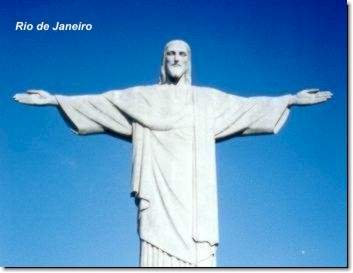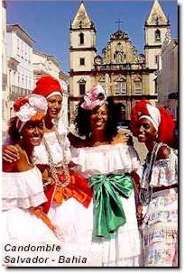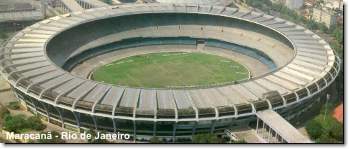![]()
|
|
 |
The
green color of the Brazilian flag represents the rainforest, yellow represents
gold which can be found in abundance and blue
represents the ocean. |
Brazil
was discovered by the Portuguese captain Pedro Alvares Cabral in the
year
1500 and it remained a Portuguese colony until the declaration of
independence in 1822. With the proclamation of the Brazilian Republic in
1889, Brazil became a democratic republic governed by the presidential
system.
|
 |
In
Brazil, the president, senators, governors, mayors, and congressmen are
chosen by direct elections every four years. Electronic ballots were
used nationwide during the 2002 elections when 110 million voters chose
their representatives. |
|
 |
Brazil has thirteen cities with population over 1 million inhabitants, the two largest are São Paulo (10 million) and Rio de Janeiro (5,6 million). The official language in Brazil is Portuguese. |
Brazil
is a Catholic country, but it is also a country of religious openness,
of a variety of faiths, of syncretism. This is what gives a sort of
bitter - sweet character to Brazilian religiosity. 81% of the Brazilians
are catholics, 18% protestants and 1% consists of jews and muslims.
About 20% of the catholics frequently go to some African religion ritual
such as Candomblé.
|
 |
 |
The
Brazilian educational system includes both public (federal, state and
municipal) and private institutions, ranging from pre-school, elementary
and secondary, to university and post-graduate levels. Education is
compulsory for ages 7 through 14.
Public education is free at all levels. Non-profit private schools are
also eligible to receive public funding. |
Besides
soccer, which Brazil is a five time world champion, volleyball, tennis,
basketball, swimming, beach volley, surfing, car racing and sailing are
among the main sport branches where Brazilians are most successful. |
 |